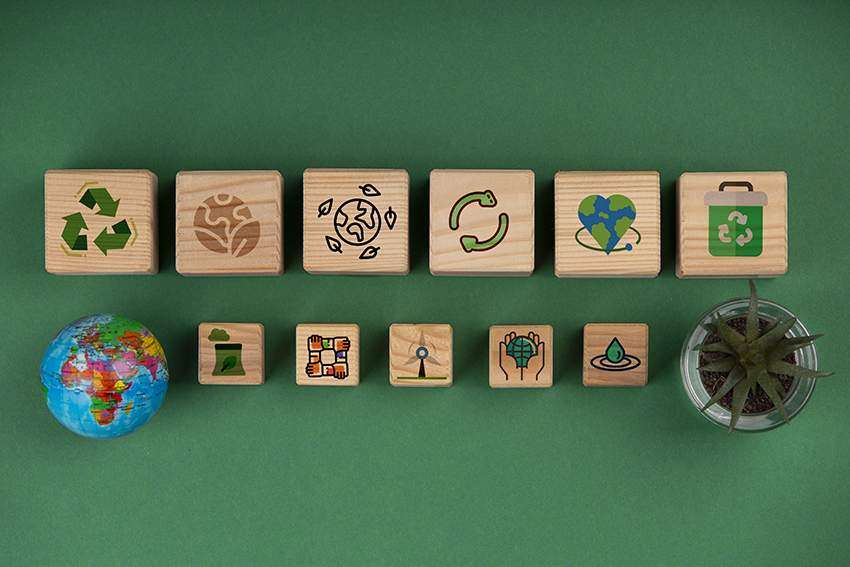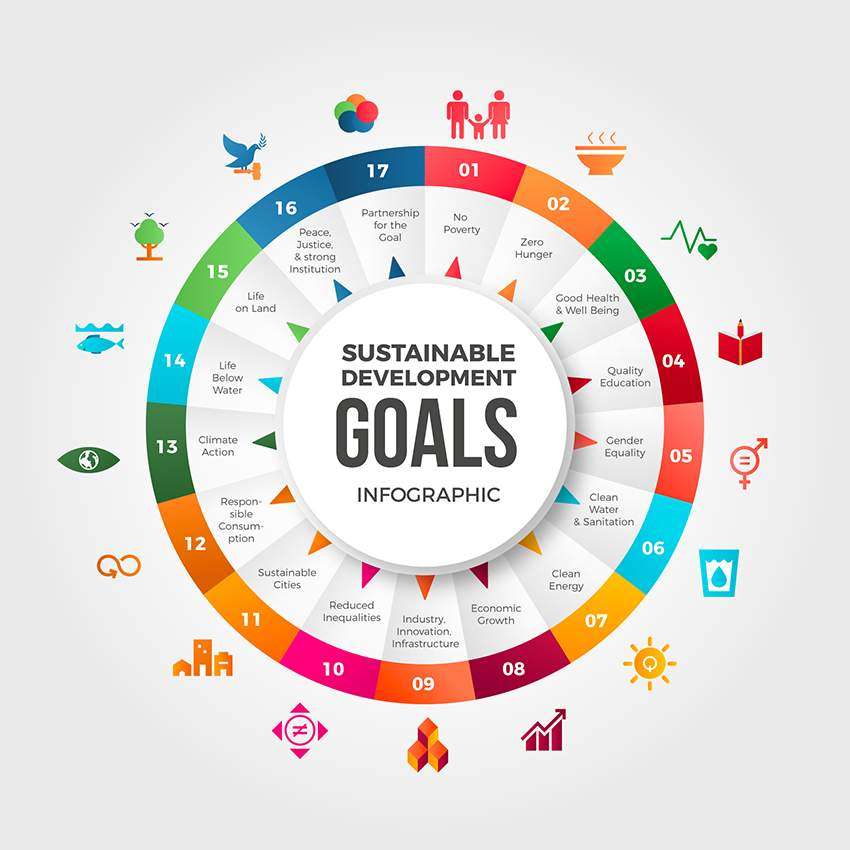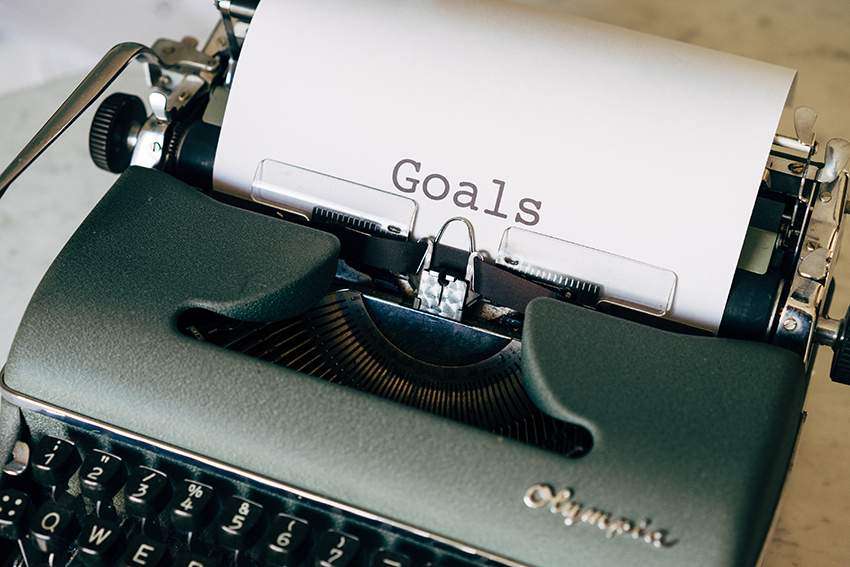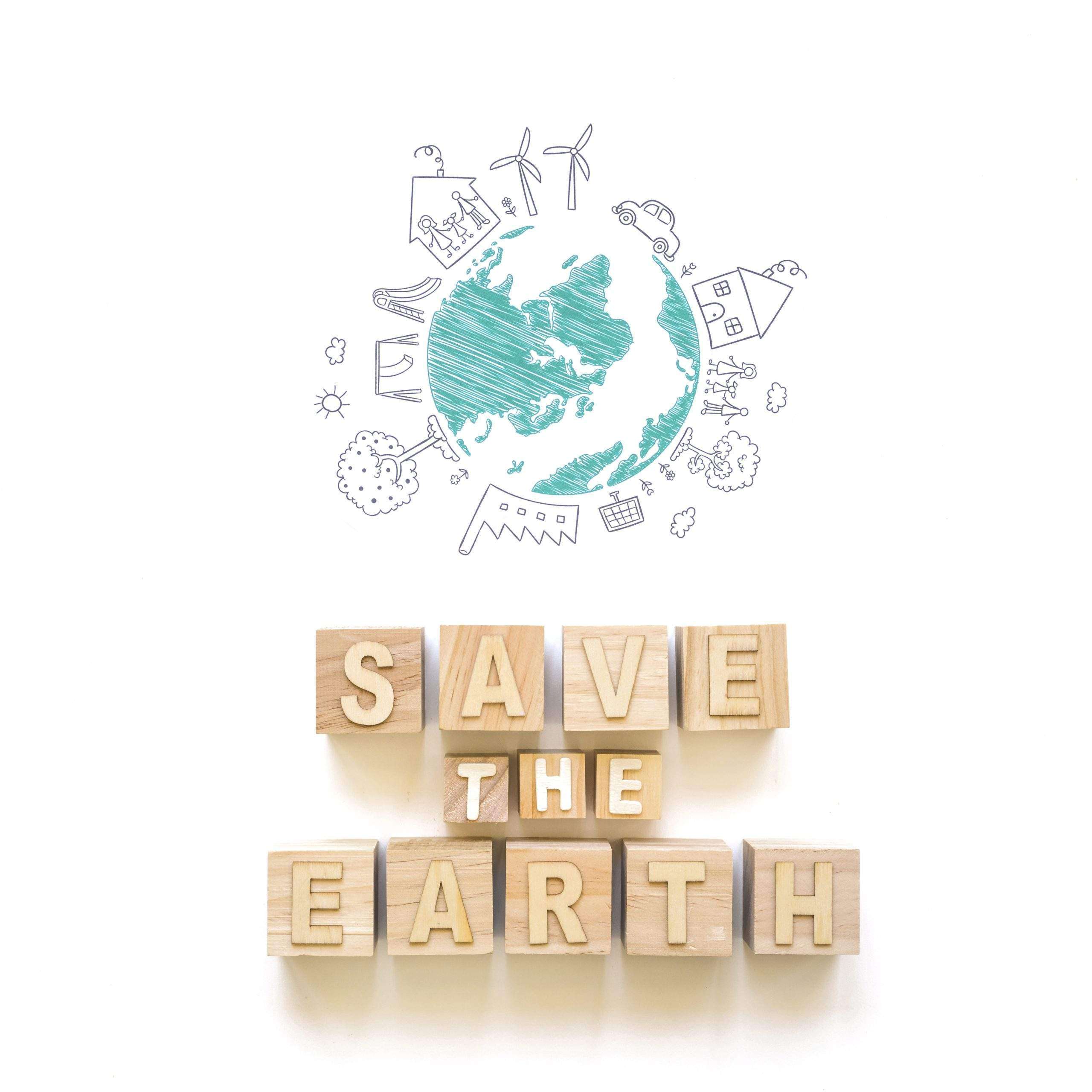“Leaving no one behind”. What does that mean? In fact, it means what it says. It means leaving no one behind. In other words, we bring everyone forward. But what are we not leaving people behind in? Furthermore, who are the people “left behind”?
Humanity has been treading a self-destructive path for quite some time. In fact, the climate crisis is escalating. Population growth is depleting finite resources at exponential rates. Indeed, human rights abuses abound in every nation across the globe. Furthermore, nearly 10% of humanity “are living on a daily income of less than USD$2.15“. That means that 783 million people deal with chronic hunger every day. Also, 1.6 billion people do not have the housing they need or any housing at all. These are the people who are left behind, and they do not deserve it.
Every single living human being, regardless of race, creed, orientation, age, disability, marital status, job, past, or other people’s opinions, deserves to have a safe, inclusive, bright, abundant, positive, beautiful future where they can fulfil their incredible potential and we can all share in their infinite worth as equals. Furthermore, either we stand united for positive change as a global community, or humanity faces extinction.
How, then, do we achieve all this? In what way do we bring this incredibly divided world together? What is the process for “leaving no one behind”? One answer lies in the Sustainable Development Goals (SDGs).

Source: Freepik.
What are the SDGs?
The United Nations created the SDGs in 2015 and adopted by the UN member states. In fact, they descended from the Millennium Development Goals (MDGs) of 2000. Furthermore, the SDGs are a framework to lead us towards a brighter future, one where “leaving no one behind” is not an option.
The SDGs have a broad scope, addressing global challenges such as poverty, inequality, climate change, environmental degradation, peace, and justice. As a result, these interconnected goals aim to ensure peace and prosperity for everyone by 2030. Conversely, there are a total of 17 goals, each with specific targets to accomplish.
The development of the SDGs involved extensive consultations with governments, civil society, businesses, and academia. The process commenced in 2012 at the Rio+20 Conference on Sustainable Development, initiated by the UN General Assembly. Various stakeholders provided their input, and UN member states finalized the goals after multiple rounds of negotiations.
What are the SDGs trying to achieve?
- No Poverty
- Zero Hunger
- Good Health and Well Being
- Quality Education
- Gender Equality
- Clean Water and Sanitation
- Clean Energy
- Economic Growth
- Industry, Innovation, and Infrastructure
- Reduced Inequality
- Sustainable Cities
- Responsible Consumption
- Climate Action
- Life Below Water
- Life on Land
- Peace, Justice, and Strong Institutions
- Partnership for the Goals

Source: Freepik.
It’s easy to see how the goals interconnect. When one goal is dealt with, it will make the other goals around it able to progress more smoothly. For instance, improving education (Goal 4) can lead to better employment opportunities (Goal 8), which in turn can reduce poverty (Goal 1) and improve overall well-being (Goal 3). Similarly, addressing climate change (Goal 13) can have positive effects on clean water and sanitation (Goal 6) and affordable and clean energy (Goal 7). As such, interconnectedness highlights the need for comprehensive and collaborative efforts to achieve these goals effectively. Interestingly, by recognizing and addressing these interconnections, societies can work towards sustainable development and a better future for all.
Understandably, achieving the SDGs is a formidable task, requiring a fundamental shift in mindset from governments and all stakeholders involved in implementing the Agenda. Moreover, governments must carefully assess the far-reaching implications of a global agenda that encompasses nearly all aspects of their policy responsibilities.
Inclusive Development: “Leaving No One Behind” Unpacked
As a matter of fact, inclusive development seeks to distribute the advantages of economic growth and advancement equitably among all societal groups, including those traditionally marginalised. This strategy, therefore, prioritises equal access to resources and opportunities, irrespective of factors such as gender, age, or socioeconomic status. Accordingly, it encompasses various areas, including education, healthcare, social services, and political participation, with the aim of empowering individuals and communities to actively participate in and benefit from development initiatives. By addressing issues like poverty and inequality, inclusive development promotes social cohesion and ensures that everyone can contribute to and share in societal progress, fostering sustainable and equitable prosperity. In essence, with inclusive development, we are truly committed to “leaving no one behind”.
This strategy prioritizes equal access to resources and opportunities, irrespective of factors such as gender, age, or socioeconomic status. It encompasses various areas, including education, healthcare, social services, and political participation, with the aim of empowering individuals and communities to actively participate in and benefit from development initiatives. By addressing issues like poverty and inequality, inclusive development promotes social cohesion, thereby ensuring that everyone can contribute to and share in societal progress. This, in turn, fosters sustainable and equitable prosperity. In essence, with inclusive development, we are truly committed to “leaving no one behind.”
Research
Research efforts in Europe are making significant strides towards achieving the SDGs. European researchers and institutions are deeply engaged in projects spanning renewable energy and climate action, healthcare advancements, education quality enhancement, sustainable agriculture, gender equality studies, water management innovations, and initiatives promoting industry, innovation, and infrastructure. For instance, studies focus on renewable energy technologies, healthcare innovations, gender disparities, and sustainable agricultural practices. Furthermore, these research endeavours are not only generating valuable knowledge but also driving policy changes and fostering innovation. In fact, by addressing these critical areas, European research is actively contributing to the global pursuit of sustainable development goals, ensuring a more equitable and sustainable future for all.

Source: Unsplash.
Balance
Achieving the SDGs requires a delicate balance between economic growth, social equity, and environmental preservation. This means ensuring that progress in one area doesn’t come at the expense of another area. For instance, economic development must be inclusive, benefiting all members of society, as well as that it should not harm the environment. Similarly, social policies should empower marginalised communities without undermining economic stability. Balancing these aspects ensures that our pursuit of development is not only impactful but also sustainable in the long run, fostering a harmonious coexistence between humanity and the planet. Striving for balance in every action and policy is, therefore, fundamental to realising the holistic vision outlined by the SDGs. The end goal is to create a future where prosperity is shared and the environment is safeguarded for generations to come.
How do we achieve “leaving no one behind”?
So, how can we achieve the SDGs? In fact, what are governments and organizations doing to ensure that we move forward into the future as a united and cohesive humanity? Here are a couple of key areas that require our attention to ensure we’re truly “leaving no one behind”.
Equity And Its Role In “Leaving No One Behind”
Achieving the objective of “leaving no one behind” with equity demands a multifaceted approach. In fact, this involves implementing inclusive policies that address the needs of marginalised individuals and ensure equal access to opportunities. Furthermore, it requires targeted interventions.
Accounting And Its Role In “Leaving No One Behind”
Accounting plays a vital role in advancing the SDGs in several ways. Firstly, it provides a framework for organizations to track and report their social, environmental, and economic impacts, aligning their activities with the SDGs. Transparent financial reporting also ensures accountability, enabling stakeholders to assess a company or organization’s contribution to sustainable development.
Secondly, accounting practices help businesses and governments allocate resources efficiently. By integrating SDGs into budgeting and financial planning, entities can prioritise projects and initiatives that directly contribute to achieving specific goals, promoting sustainable economic growth and social development.
Thirdly, accounting can aid in measuring progress toward the SDGs. Through financial and non-financial indicators, accounting systems enable organizations to monitor their performance against SDG targets. This data-driven approach helps to identify areas that need improvement and optimize strategies for maximum impact.
Additionally, accounting plays a significant role in promoting responsible business practices. Environmental, Social, and Governance (ESG) reporting, a subset of accounting, encourages businesses to consider their environmental and social impacts, aligning their operations with sustainable practices and SDG targets.
Furthermore, accountants and financial professionals play a critical role as advisors, helping organizations integrate sustainability into their core strategies. They can guide companies in making informed decisions that not only benefit their bottom line but also contribute positively to society and the environment.
In summary, accounting serves as a linchpin in implementing the SDGs. By integrating sustainable practices into financial reporting, resource allocation, progress measurement, and business strategies, accounting facilitates global efforts toward achieving a more sustainable and equitable future as outlined by the SDGs.

Source: Freepik
The THRIVE Framework and how it aligns to the SDGs
THRIVE stands for The Holistic Regenerative Innovative Value Entity. It forms the basis for the THRIVE Framework and is a transdisciplinary, holistic model that aims to investigate the likely outcome of actions well before they occur. The THRIVE Framework is based on 12 Foundational Focus Factors that interconnect much like the SDGs. The THRIVE Framework complements the SDGs. It forms the basis, mindset, or philosophy needed to enable the SDGs to be successful. The Foundational Focus Factors are theories and guidelines that can steer humanity from the many current crises, from natural disasters and climate change to the ways we live and work. Together, these make what we call the Systemic Holistic Model.
What Are The Foundational Focus Factors?
Regenerative Economy
A regenerative economy operates on three core principles: the elimination of waste and pollution, the circulation of products and materials at their highest value, and the regeneration of nature.
Finite Resources
Finite resources are those that are consumed at a rate exceeding their production, which is why they are classified as non-renewable.
Science Based Targets
Science-based targets are informed by the sciences, such as the IPCC “Paris Agreement”; an international treaty on climate change that is legally binding. In 2015, 196 countries and territories agreed to address the climate crisis, through the implementation of the 17 UN Sustainable Development Goals.
Complex Wicked Problems
A wicked problem is a term used to describe a social, cultural, political, or economic issue that is inherently challenging to solve. It arises from situations that are volatile, uncertain, complex, and ambiguous. Climate change, biodiversity loss, poverty, and food security are prime examples of such intricate and difficult challenges.
Strong Sustainability
Strong sustainability ensures that natural resources are understood as finite. In other words, resources can’t be exchanged for money.
Systems Thinking
Systems thinking is an approach that involves taking a holistic look at the range of existing challenges over time. Interactions between elements of the system can directly or indirectly affect its success or failure.
Values-Based Innovation
Values-based innovation takes into account the values we care about most. Some of these values include human life, healthy societies and ecosystems, fair policies, equity, social justice, and other causes that engineer a better world. It is these values that drive innovation to develop solutions to simple or complex wicked problems.
Multi-Capital
Multi-capital takes into account that money isn’t the only form of capital. It advocates for a broader perspective. It involves recognising and accounting for various forms of capital, such as: financial, human, social, natural, intellectual, and manufactured.
Entity Model
Entity Models aim to navigate what entities can do. An entity can be anything from a small single-celled organism to the entire cosmos. These models shape the boundaries that outline their limits.
Context-Based Metrics
Context-based metrics are about measuring the sustainability of a company based on the context in which they work.
Integral Thinking
Integral thinking extends beyond traditional linear problem-solving methods. It’s about combining multi-capital and reporting beyond the triple bottom line. This approach integrates multiple aspects, allowing organizations striving to “do good to do well”, to better understand the wide-ranging implications of their actions. Integral thinking looks at how the social, economic and environmental impacts of any group, product or service are interconnected. Achieving the best outcomes often requires consideration of the systems where decisions take place – not just the issue it aims to solve, but how everything else is affected.
Materiality
Materiality means what’s significant and relevant. It is the principle that guides organizations in identifying and prioritising non-financial topics that are most relevant and impactful to their operations and stakeholders. Materiality plays a crucial role in sustainability reporting. Sustainability reporting is the disclosure of a much broader set of information than just financial statements.
“Leaving No One Behind” with THRIVE
THRIVE is committed to ensuring we are “leaving no one behind” with the SDGs. At THRIVE, we believe that humanity can thrive by harnessing the knowledge and resources at our disposal. In fact, our framework extends beyond sustainability to embrace the concept of “thrivability”. THRIVE not only educates but advocates by being the voice for those who have no platform.
Humanity has the capacity to thrive rather than merely survive through the embrace of the SDGs. The THRIVE Framework rigorously assesses issues and explores potential solutions. By implementing the SDGs with wisdom and consideration and through innovative advancements in technologies, policies, and systems, we can transform our world from a state of scarcity to a state of ‘Thrivability’.
THRIVE’s logo, a ciambella chart, outlines two important boundaries for humanity to adhere to. These boundaries are a social floor, denoting the minimum for humanity’s survival; and an environmental ceiling, where humanity takes too much from the environment. In fact, by utilising the SDGs to the fullest of their ability, we can ensure everyone has what they need, protect our finite resources, and mitigate and eventually reverse climate change.
As part of THRIVE’s commitment to advocate, research, and educate you will find our, podcast series, blog, YouTube channel, and webinars, valuable resources. For regular updates, you can sign up for our newsletter.























